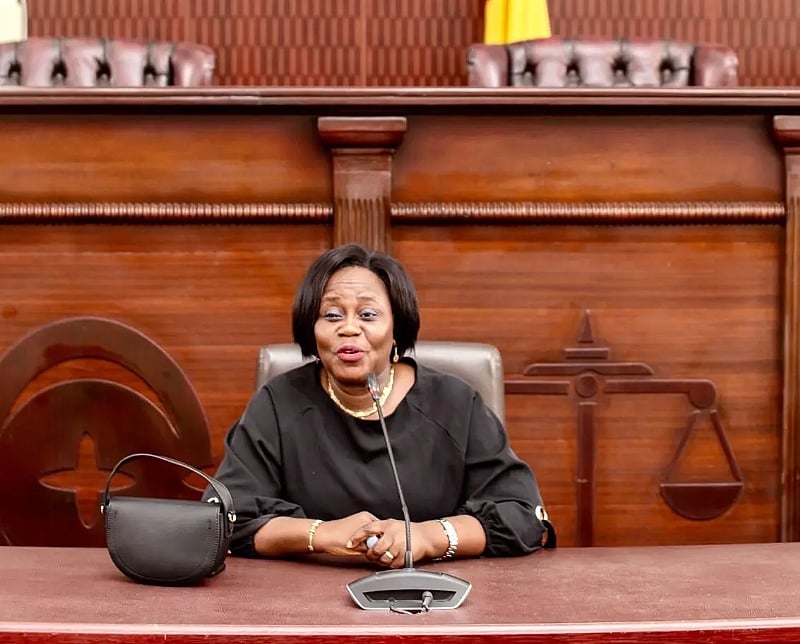This legal dispute centers around an application for judicial review filed by Chief Justice Gertrude Araba Esaaba Torkornoo, which has been met with a robust challenge from the Attorney-General. The Attorney-General, represented by State Attorney Reginald Nii Odoi, has filed a motion with the Human Rights Division of the High Court seeking to have the Chief Justice’s application struck out entirely. The State’s argument rests on the assertion that the application suffers from fundamental legal flaws that render it invalid and undermine the court’s jurisdiction to even consider it.
The core of the Attorney-General’s objection lies in what it describes as a "grave misstatement of capacity" within the Chief Justice’s application. This suggests a fundamental error in how the Chief Justice has presented her legal standing in bringing the application. Additionally, the State points to the omission of "mandatory and essential parties" from the proceedings. The absence of these parties, according to the Attorney-General, further weakens the application and creates a jurisdictional barrier preventing the Human Rights Court from proceeding. These combined deficiencies, the State argues, strike at the very foundation of the case, making it procedurally unsound and therefore inadmissible.
The Attorney-General’s argument extends beyond procedural technicalities. They contend that the substantive issues raised by the Chief Justice have already been addressed by the Supreme Court or are currently under consideration in other ongoing cases. Specifically, the State references two cases: Justice Gertrude Torkornoo v. Attorney-General & 5 Others (Suit No. J8/113/2025) and Theodore Kofi Atta-Quartey v. Attorney-General (Suit No. J8/109/2025). These references suggest a pattern of litigation related to potentially similar legal questions, and the Attorney-General argues that revisiting these issues in the Human Rights Court would be redundant and disrespectful to the Supreme Court’s authority. Allowing the lower court to proceed, they claim, would create a conflict of jurisdiction and potentially contradictory rulings.
The affidavit submitted by the State Attorney underscores the gravity of these concerns. It explicitly states that the “originating motion is affected by grave misstatement of capacity and non-inclusion of essential parties. These defects go to the very root of jurisdiction.” This statement emphasizes the State’s belief that the application’s flaws are not merely superficial but rather fundamental errors that invalidate the entire proceeding. Further, the affidavit reiterates that allowing the Human Rights Court to entertain the application would not only be inconsistent with legal precedent but also risk undermining the Supreme Court’s jurisdiction, setting a potentially dangerous precedent for future cases.
In support of its position, the Attorney-General has attached several exhibits to the motion, labelled AG1 through AG5. These exhibits are presumably legal documents, including court rulings and procedural records, intended to substantiate the State’s claims. They likely provide evidence of the Supreme Court’s prior decisions on related matters and demonstrate the ongoing nature of the other cited cases. By presenting this supporting documentation, the Attorney-General aims to strengthen its argument for dismissal and persuade the Human Rights Court to strike out the Chief Justice’s application.
The Attorney-General’s ultimate request is clear: for the Human Rights Court to dismiss the Chief Justice’s application in its entirety. This motion effectively seeks a swift and decisive end to the proceedings before they can progress any further. Given the high-profile nature of the parties involved—the Chief Justice and the Attorney-General—the Human Rights Court’s impending decision on this motion is bound to attract significant national attention. The outcome will undoubtedly have implications for the ongoing legal battles and potentially shape future interactions between the highest levels of the judiciary and the State.


